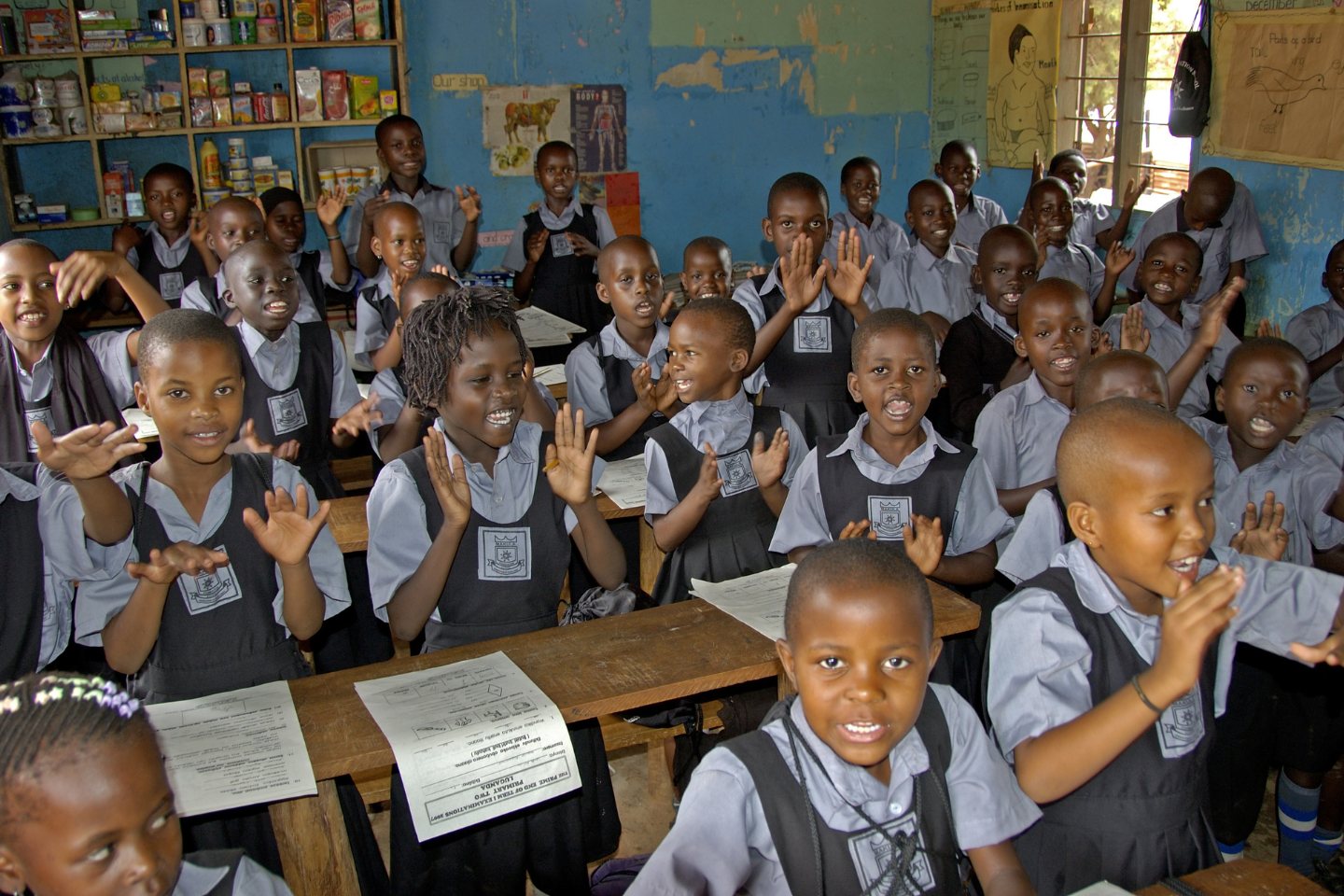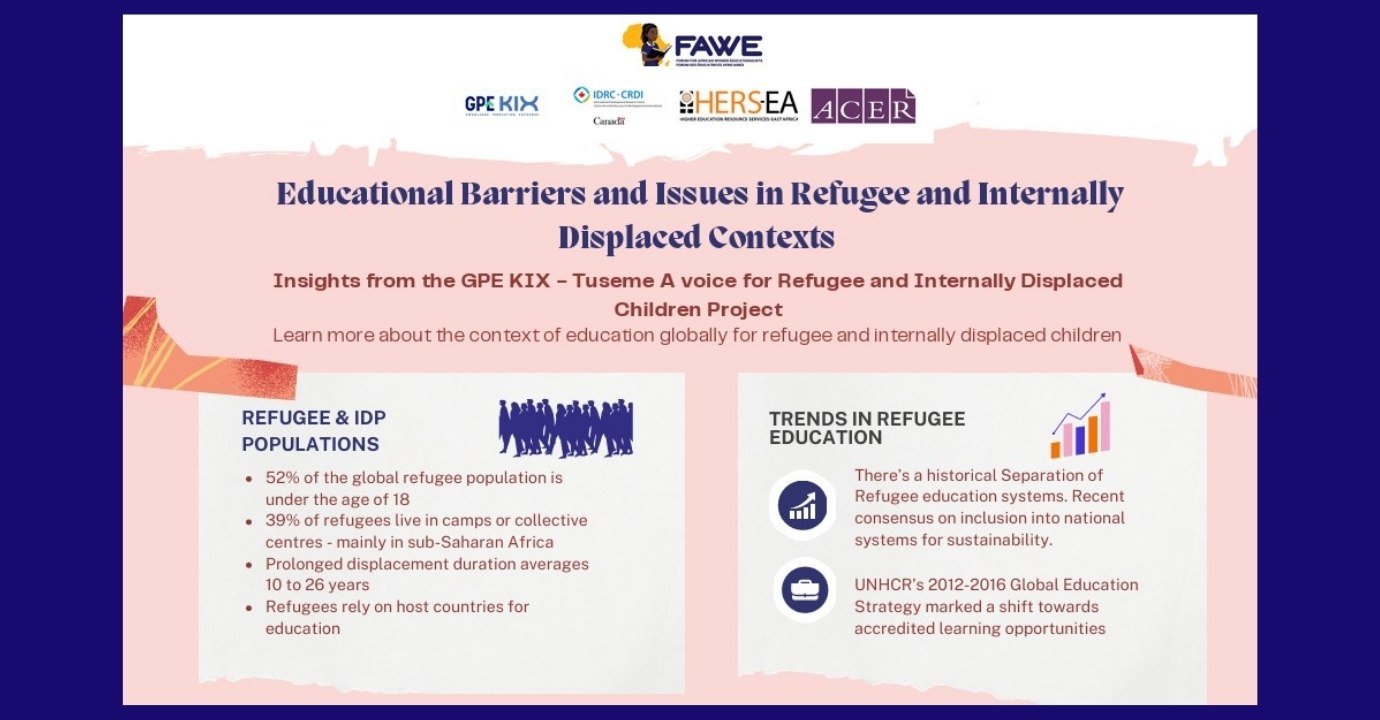
Let Us Speak Out: Amplifying Voices of Refugee and Internally Displaced Children Through the Tuseme Model
Research 3 days ago 4 minute readOn World Refugee Day, the FAWE–ACER UK–HERS-EA consortium proudly shared a new infographic that highlights the critical educational barriers faced by refugee and internally displaced children across East Africa. This resource is the foundation of a transformative research journey that aims to reimagine empowerment and education for some of the world’s most vulnerable learners.
At the heart of this initiative is the Tuseme – A Voice for Refugee and Internally Displaced Children project, a three-year endeavour supported by the Global Partnership for Education’s Knowledge and Innovation Exchange (GPE KIX). The project explores how FAWE’s well-established Tuseme model, which means 'Let Us Speak Out' in Kiswahili, can be adapted to suit the realities of refugee and IDP communities in Uganda, Kenya, and Ethiopia, and the wider East African region.
From insight to innovation
The infographic, developed for World Refugee Day, distils key findings from a literature review that informed the design of our project and the subsequent research tools. These insights shed light on systemic challenges, including:
- High pupil-teacher ratios and underqualified teaching staff
- Misaligned curricula and language barriers
- Limited access to documentation and national training programmes
- Deep gender inequities, especially affecting adolescent girls
- Structural exclusion of refugee voices from decision-making
The data also highlights the scale of displacement, with 52% of the global refugee population being under the age of 18, and millions living in protracted displacement that stretches over decades. In response, our project seeks to design a gender-responsive, scalable and context-sensitive educational intervention.

An excerpt from the infographic.
A model for empowerment
Tuseme is more than a club; it’s a platform for transformation. Since its creation in 1996 at the University of Dar es Salaam, the Tuseme model has empowered over 80,000 students in over 20 countries through performance-based activism. Its structured process (problem identification, analysis, theatrical expression, and community action planning) cultivates leadership and agency among youth.
In this project, the Tuseme model is being explored alongside two additional FAWE interventions: Gender Responsive Pedagogy and Centres of Excellence. Together, they form the conceptual spine of a new, adapted model fit for displacement contexts.
From data to deployment: Where we are now?
The project has been active since April 2024 and has now concluded data collection for phases 1 and 2. This has involved extensive stakeholder consultations in 24 mainstream, refugee, and IDP schools in Uganda, Kenya, and Ethiopia, in addition to engagement with local and national government officials and other key decision makers. The consortium is currently in the process of triangulating these findings to design an adapted Tuseme model that is informed by lived experience and local realities.
What’s next?
The adapted Tuseme model will be deployed and rigorously tested between September 2025 and August 2026 across 12 refugee and IDP communities in the three focus countries. This stage will include comprehensive monitoring and evaluation to assess the model’s effectiveness in:
- Enhancing student agency and well-being
- Improving gender equity in education
- Addressing structural barriers
The goal is not just to adapt, but to amplify, to ensure that every child, regardless of status or circumstance, has the skills to “speak out” and shape their future.
Learn more
View the infographic
For more information please contact Alex Towne (ACER UK Research Fellow) – Alexander.Towne@acer.org
